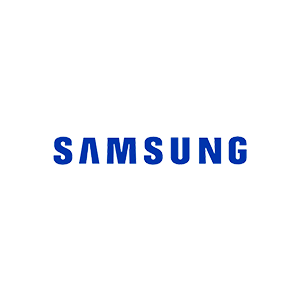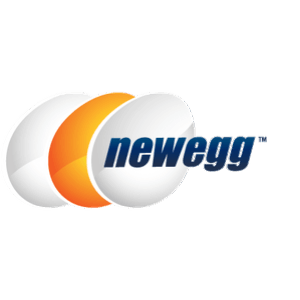If you buy something using links in our stories, we may earn a commission. This helps support our journalism. Learn more. Please also consider subscribing to WIRED
Cleaning your floors is a vile, tedious chore, which ultimately has less to do with the task itself, and more to do with the general sense that the tools available for the job are inadequate. I have two kids, a big dog, and a big house. Most cleaning tools are better than scrubbing on my hands and knees, but Swiffers make a lot of waste. Cleaning solid debris out of wet mops with your hands sucks. Automated robot vacuum mops take a long time and take up a lot of floor space. Mop fibers have to be cleaned and dried properly, or else they hold bacteria and start to stink.
Today, Dyson—manufacturer of stellar handheld vacuums, viral hair dryers, and frankly bizarre air purifier headphones—has unveiled its first dedicated wet floor cleaner, the WashG1. The mop has both clean- and dirty-water tanks that moisten two counter-rotating absorbent microfiber filament rollers that pick up solid and wet messes. It costs $700 and will arrive later this fall.
Two Timer
If you want to mop, most cleaning systems require two passes—a quick vacuum to pick up dry debris and another to wet-scrub. The WashG1 solves that problem with a highly engineered cleaning head that lets you pick up both dry and wet debris in a single pass.
The WashG1’s head has two counter-rotating absorbent rollers that extend the full length of the roller head for better edging. Each roller is made from microfiber, with 64,800 filaments per square centimeter. Casters adapted from the Dyson Omni-Glide system allow you to spin and steer the vacuum more easily.
When you turn on the WashG1, water from the 27-ounce clean water tank flows down to the roller heads at a low, medium, or high rate, depending on how hard you want to scrub. As you roll it over the floor, extraction plates within the head siphon the dirty water into the 27-ounce tank, and a 500-micron mesh keeps solid debris from getting inside.
As you’re cleaning, a nylon bristle brush simultaneously combs through the wet fibers and extracts solid debris into a removable debris tray. And when you're done, you remove the dirty water tank and the debris tray and dispose of both without having to touch any dirt. The wet mop also has a self-cleaning mode that rinses both rollers after use, and parts of the WashG1 are also dishwasher-safe.
Already Available
It's worth noting the Dyson V15s Submarine is the company’s first-ever wet stick vacuum, which came out last year. It's a version of the Dyson V15 but with a wet motorhead. You take a first pass with the V15 Detect to vacuum dry debris, then remove the vacuum head, fill the tank, and mop the floor.
But the Submarine's 8-ounce water tank doesn’t sound like much compared to 27 ounces; Dyson claims the WashG1 can clean up to 3,100 square feet of flooring, while the V15s Submarine can clean around 1000. However, I've been using the V15s for about six months now and have found it covers pretty much all my mopping bases. A quick spin around with the vacuum picks up everything, while 8 ounces of water can mop 200 square feet of hardwood.
There’s also only one roller head on the Submarine, but it already has a debris tray you can no-touch rinse and empty. It's also easy to take apart the Submarine head to rinse it and let it air dry at my laundry room sink. After six months of use, the roller head still doesn’t smell. If you’re wondering why Dyson is releasing a new wet floor cleaner when the Submarine just came out, you’re not the only one. The WashG1 doesn't clean with suction and doesn't have a separate dustbin.
In a briefing, a reporter asked whether one can use the WashG1 to handle common household messes, like broken glass. Dyson representatives suggested first sweeping or vacuuming the shards separately—a two-step process that seems to defeat the purpose of an all-in-one floor cleaner. This holds especially true in a market crowded with competitors like the much more affordable Bissell CrossWave OmniForce ($380) I’m currently testing.
Dyson’s killer app, so to speak, has long been its ability to move air in new, beautiful, and sometimes frighteningly forceful ways, whether that’s in a high-end air purifier, in a vacuum, or a hair styler that spins the strands of your hair up and around a hot barrel for effortless curls. However, despite reporting consistent revenue increases, the company has had a few pretty notable flops in the past few years.
The Zone, Dyson's venture into high-end audio, was kind of silly. There is still no sign of the new battery technology that prompted the construction of a new facility in Singapore. The company must still be searching for new robotics and software developers to hire because our reviewer found the new Vis Nav robot vacuum's ability to make its way around table legs lackluster.
Still, with a few notable exceptions, we have all underestimated the allure and the efficacy of Dyson’s premium designs at one time or another, and home cleaning is one of Dyson's core strengths. Am I a little skeptical? Yes. Am I still going to test it eagerly? Also, yes.







